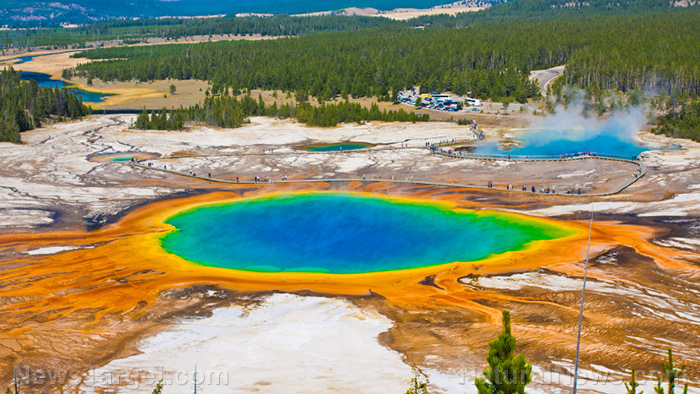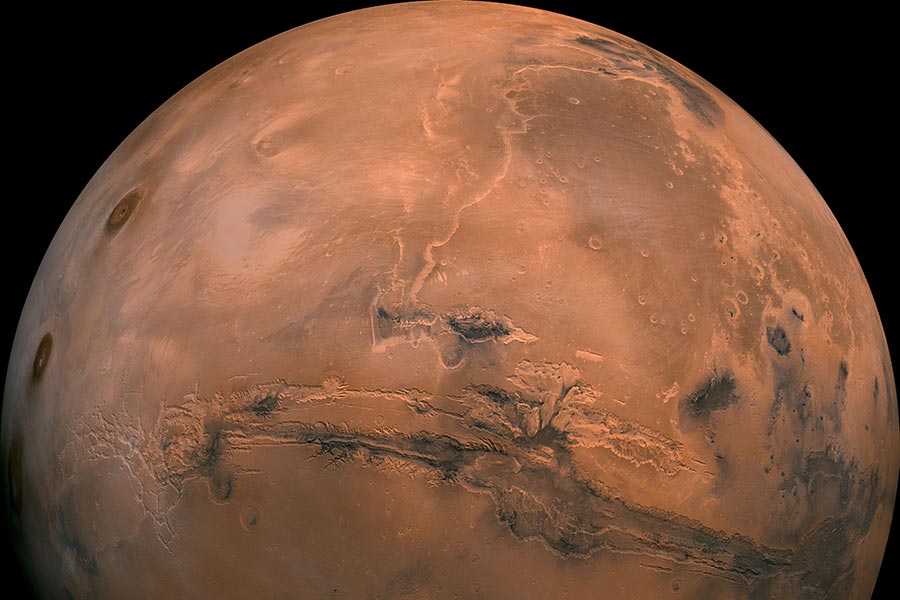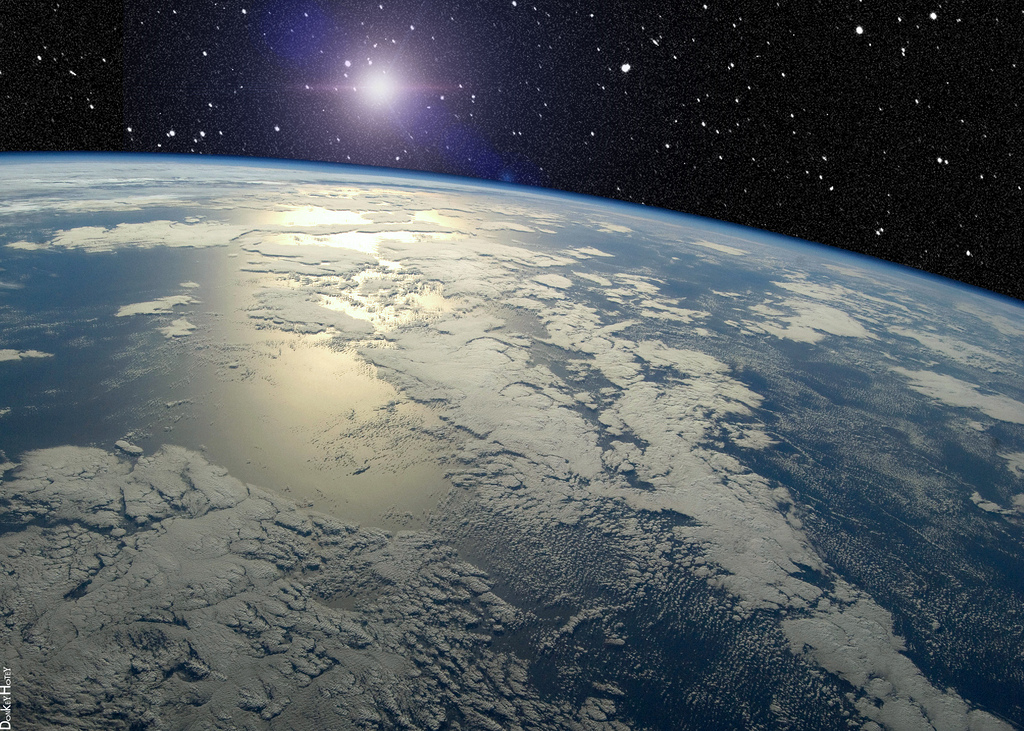Aliens with green or grey skin? No, researchers say extraterrestrial life may look like pasta
12/04/2019 / By Arsenio Toledo

An investigation into what extraterrestrial life might look like has led researchers to believe that they may be similar to the appearance of the pasta-shaped microbes that live and thrive in hot springs all over the world.
In a study published in the journal Astrobiology, the researchers believe that if humanity really wants to find extraterrestrial life, they need to look at pasta-shaped rock formations, which may have been formed by microbes.
Bruce Fouke, a geobiologist and one of the authors of the study, remarked: “If we go to another planet with a rover, we would love to see living microbes or we’d love to see little green women and men in spacecraft. But the reality is we’re going to be looking for life that was probably growing in a hot spring, life that was fossilized.” (Related: SETI launches new tool to help improve the search for extraterrestrial life.)
The pasta shape is an adaptation
These microbes take the shape of pasta as a necessary adaptation to the environment they live in. Specifically, the Mammoth Hot Springs of the Yellowstone National Park, where the researchers conducted their investigation.
In regular, calm waters, these microbes would settle without any kind of shape. In rushing water however, these organisms will cling to one another in order to survive, thus making them look a lot like pasta, with the researchers believing that each “pasta thread” will consist of trillions of microbes holding on to each other. Breaking one thread would result in the death of trillions of these bacteria.
These bacteria, known as Sulfurihydrogenibium yellowstonense or “sulfuri” for short, live by feeding on broken down sulfur. They evolved some 2.5 billion years ago when the Earth was much less habitable than it is today. Co-author of the study Mayandi Sivaguru, a biologist, believes that this makes sulfuri similar to life that might have existed in other planets such as Mars.
In an interview, Sivaguru said that sulfuri actively encourage change and movement in their environment, such as through the depositing of minerals. Proteins living on the surface of the sulfuri encourage the growth of crystals made of calcium carbonate. This explains the presence of travertine in hot springs. Travertine is a form of limestone that forms when calcium carbonate in flowing ground water meets a rocky surface.
Alien microbes may share similar characteristics to sulfuri
If ancient microbes were in fact on Mars, they would have existed millions or billions of years ago. However, they would have left some kind of record of their appearance. Fouke, Sivaguru, and the other members of the research team believe this record can be found in Martian rock formations.
Extraterrestrial microbes living under similar conditions in Mars or another planet would, according to Fouke and their team, live according to similar principles. They would have limited options to survive due to the extreme environment they reside in.
The research they conducted provides a possible benchmark for what to look for in other planets. No doubt these extraterrestrial microbes will look very different from the sulfuri, but there may be similarities. Their research included protein and genetic analyses, which may help figure out what extraterrestrial microbes might look like.
More research may be necessary in order to figure out exactly what future space rovers will have to look for. But Fouke is confident that, if a rock from a fettuccine-shaped travertine is collected, their research may be able to help other experts analyze whether or not it contains traces of microbial life.
Sources include:
Tagged Under: aliens, bacteria, cosmic, extraterrestrial, Mammoth Hot Springs, Mars, microbes, pasta shape, planets, research, space exploration, space rocks, sulfuri, travertine, Yellowstone National Park
RECENT NEWS & ARTICLES
COPYRIGHT © 2017 UFOS NEWS



















